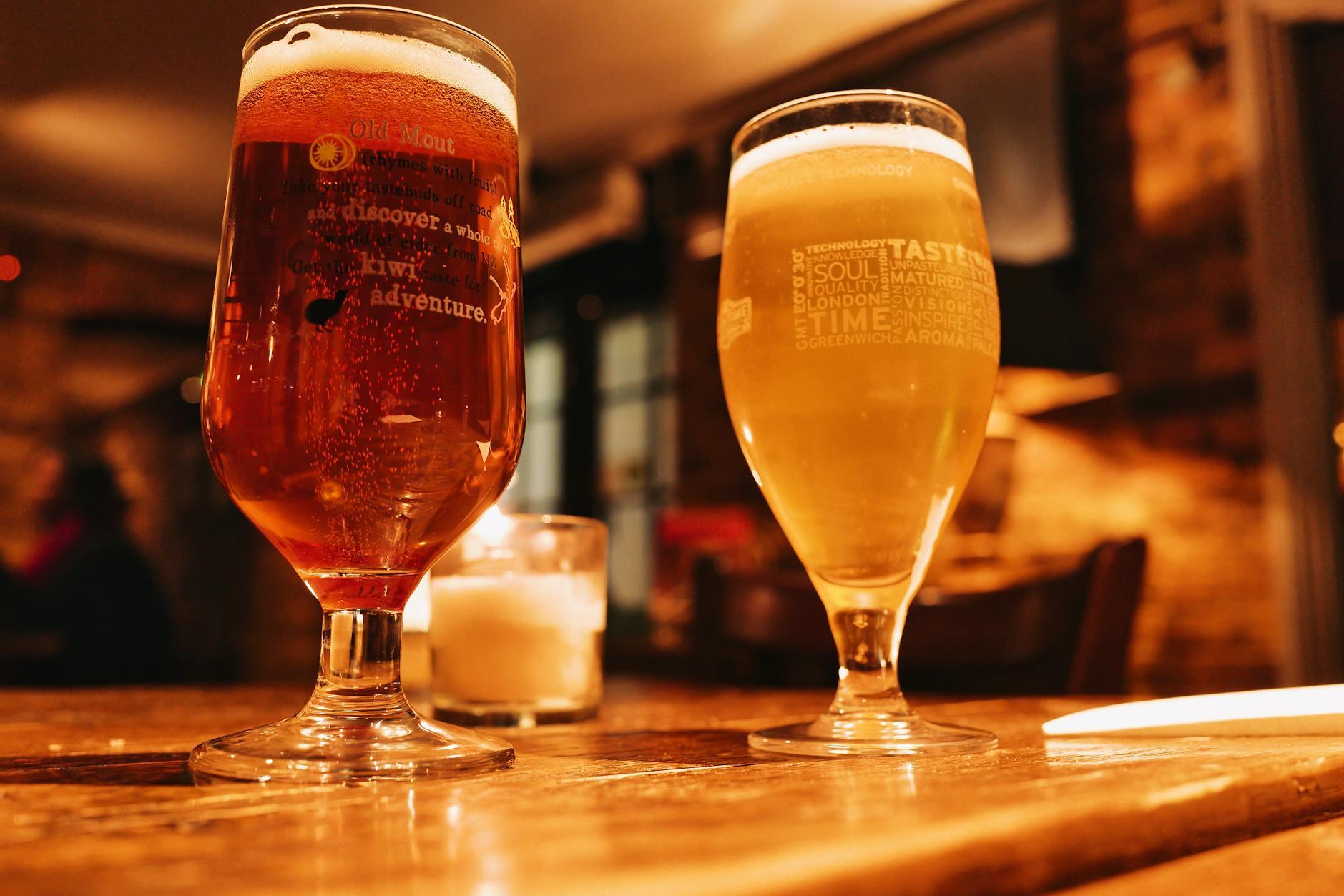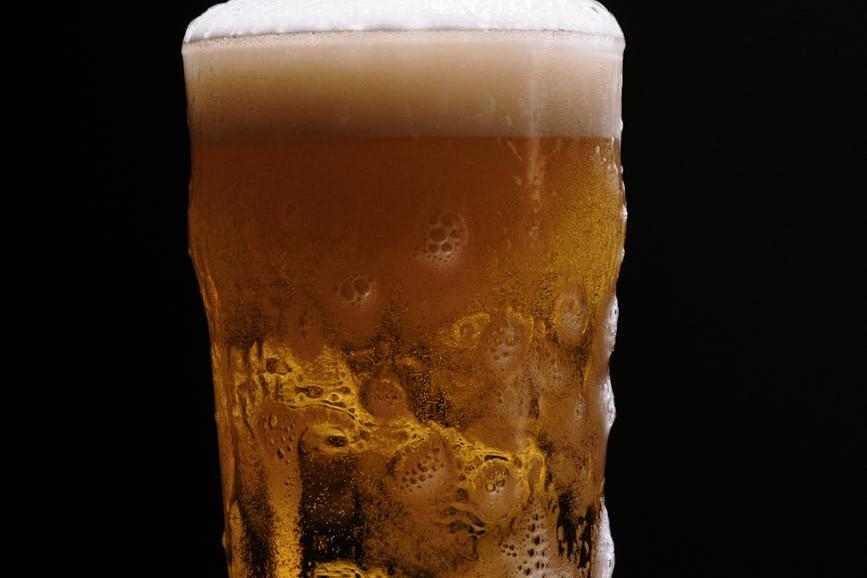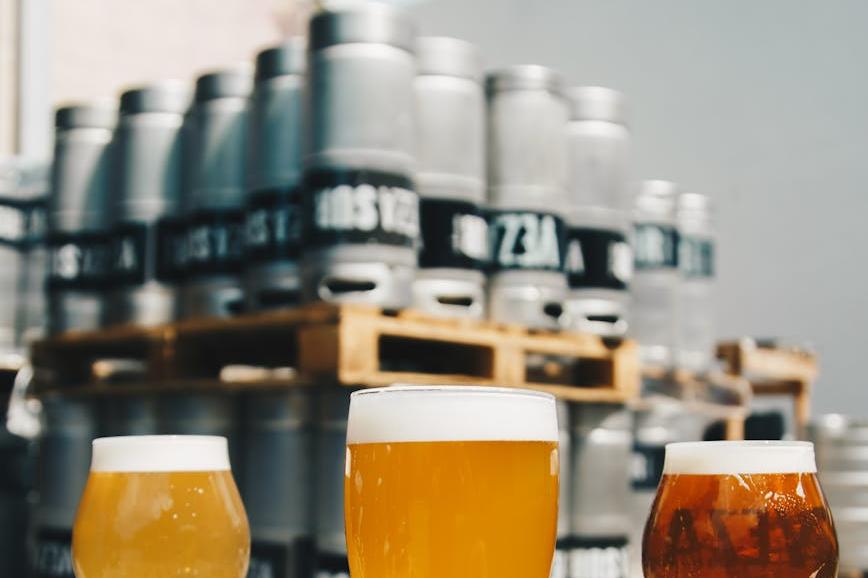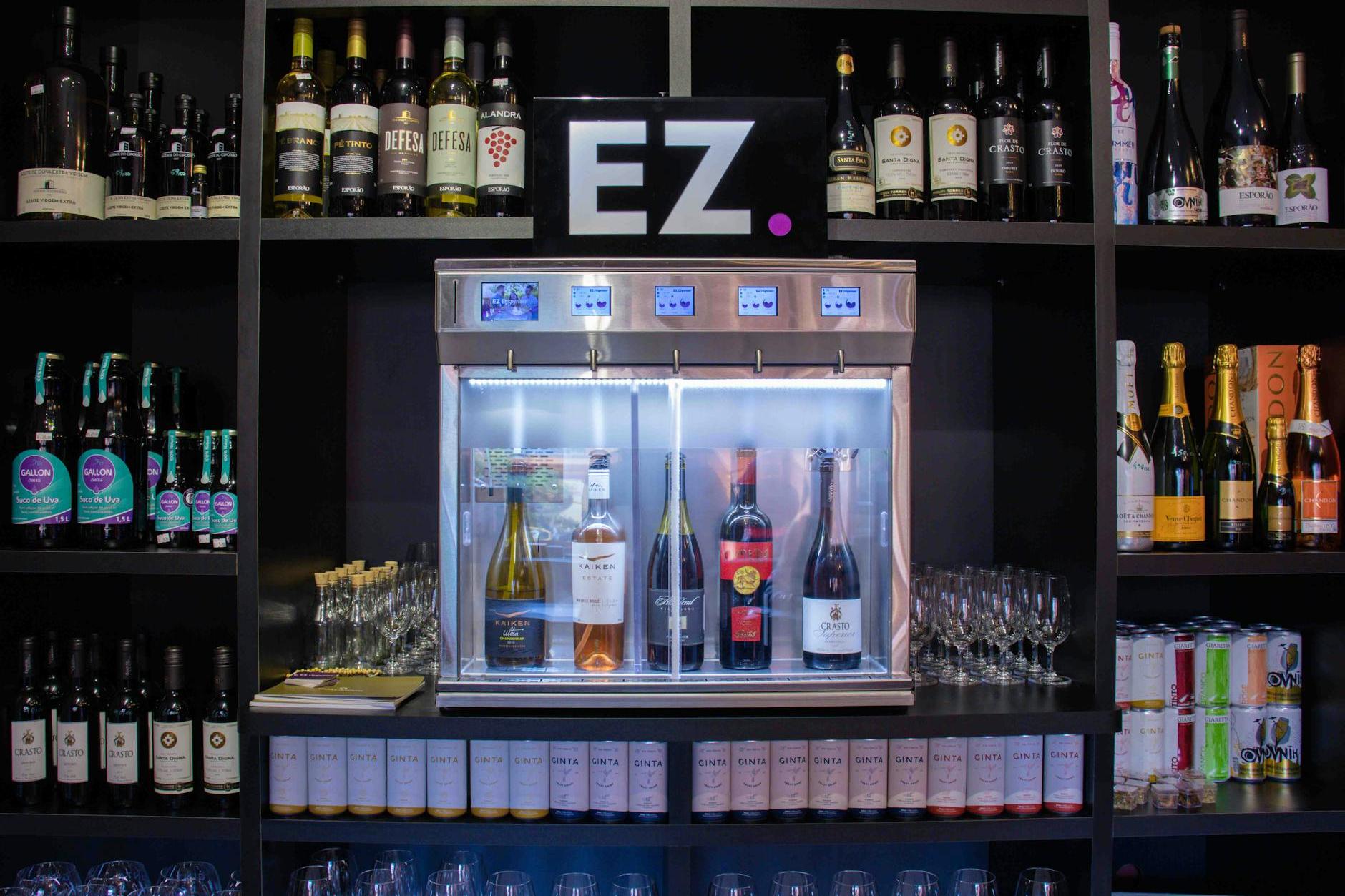- Shanghai Zhongshen International Trade Co., Ltd. - Two decades of trade agency expertise.
- Service Hotline: 139 1787 2118
In the Chinese market, the annual consumption of imported red wine maintains a compound growth rate of over 10% (data from the General Administration of Customs). However, in 2023, 23% of imported wines were returned due to non - compliant labels. As a professional service institution with 20 years of experience in the industry, we have found that 90% of label problems stem from misunderstandings of regulations. This article will analyze the key points of Chinese label design from a practical perspective.

Contents
ToggleI. The Regulatory Foundation of Chinese Labels
1. Compulsory Legal Basis
- National Food Safety Standard - General Standard for the Labeling of Prepackaged Foods (GB 7718 - 2011)
- Terms and Classification of Beverage Alcohol (GB/T 17204 - 2021)
- Fermented Wines and Their Blended Wines (GB 2758 - 2012)
2. Key Monitoring Items by Customs(Data in 2023)
- Completeness of the Ingredient List (Accounting for 38% of Non - compliant Cases)
- Error in Alcohol Content Labeling (±0.5%vol is the Red Line)
- Specification of Country of Origin Labeling (Needs to Be Precise to the Country/Region)
II. Six Core Elements of Label Design
Element 1: Basic Information Module
- The product name must reflect its true attributes (e.g., "Cabernet Sauvignon Dry Red Wine" is preferable to "XX Estate Special Blend").
- Example of country of origin labeling: "Country of Origin: France" (cannot be simplified as "Imported in original bottle from France").
- The Importer Information Must Be Completely Consistent with the Customs Filing
Element 2: Layout of Compulsory Content
The Net Content and Product Name Must Be on the Same Display Panel, and the Character Height ≥ 4mm
Element 3: Professional - Level Translation Specifications
- The grape variety names must use the translations from the *Chinese Grape Variety Records* (e.g., "Syrah" should be translated as "Xila" rather than "Shelazi").
- The award information must include the official translated name of the certifying organization (e.g., "Decanter" should be translated as "Decanter").
Element 4: Labeling of Special Ingredients
- When the Sulfur Dioxide Content ≥ 10mg/L, It Must Be Clearly Labeled
- Allergens Such as Egg White Need to Be Warned in Bold Characters
Element 5: Format Technical Specifications
- The Total Area of the Chinese Label ≥ 30% of the Total Display Area of the Prepackaged Product
- The expiration date must be clearly labeled (e.g., "Expiration Date: 10 years (2023/01/01-2033/01/01)").
Element 6: Application of Anti - counterfeiting Technology
- It is Recommended to Print a GS1 Barcode (Prefix 690 - 695)
- The Traceable QR Code Needs to Be Compatible with WeChat/Alipay Scanning
III. Pit - Avoidance Guide: Five High - Frequency Mistake Cases
1. Translation Disasters
An Italian winery directly translated "Reserva" as "Reserve Grade," when it should actually be labeled as "Aged Type."
(Solution: Establish a Standardized對(duì)照表 of Winemaking Terms)
2. Unit Confusion
The label "14% Vol." does not comply with the national standard; the correct format should be "14%vol".
(Compliance Key Points: All Letters in Lowercase, No Spaces)
3. Cultural Conflicts
A California Wine Using Religious Patterns Was Ordered to Make Rectifications
(Review Key Points: Patterns Need to Comply with Article 9 of the Advertising Law)
4. Confusion of Old and New Standards
Still using the outdated labeling of "Alcohol Content: 13°," which has been abolished.
Please translate the following Chinese into English:
(Updated requirement: Uniformly adopt the format "13% vol")
5. Technical Omissions
Not labeled with applicable population (e.g., missing warning such as "Not suitable for pregnant women")
IV. Practical Operation Process
1. Pre - review stage(At least 45 days in advance)
- Provide high - definition foreign - language label images (above 300 dpi)
- It is recommended to verify through the following methods:Check the book against the test report
2. Compliance design(It is recommended to be carried out in three steps)
- Tick item by item in the first draft according to the Imported Food Label Verification Checklist,
- Send it to a third - party testing agency for pre - inspection (recommended SGS/BV)
- Make an electronic proof for customs pre - review
3. Physical label(Key control point)
- Give priority to removable adhesive (to avoid damaging the original label)
- Warehousing environment test (When the humidity is > 70%, anti - film - peeling treatment is required)
Conclusion
Compliant label design serves as the "invisible key" to unlocking the Chinese market. A French winery, through precise label optimization, reduced its product shelfing cycle by 40% and decreased customer complaint rates by 67%. It is recommended that importers allocate at least 60 days for label preparation prior to the initial customs declaration and establish in-depth collaboration with agencies holding AEO certification.
(Data sources of this article: General Administration of Customs of China, National Center for Food Safety Risk Assessment, Industry White Paper)
Related Recommendations
Category case
Get in Touch
Email: service@sh-zhongshen.com
Related Recommendations
Contact via WeChat

? 2025. All Rights Reserved. Shanghai ICP No. 2023007705-2  PSB Record: Shanghai No.31011502009912
PSB Record: Shanghai No.31011502009912









